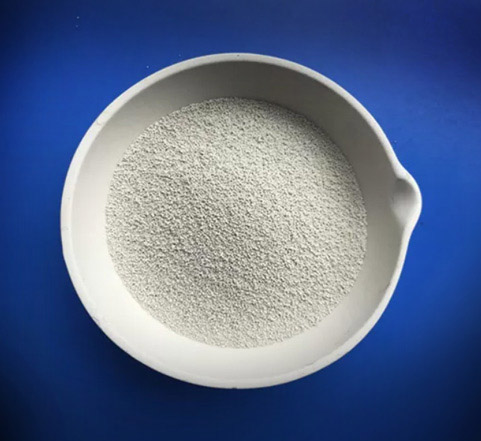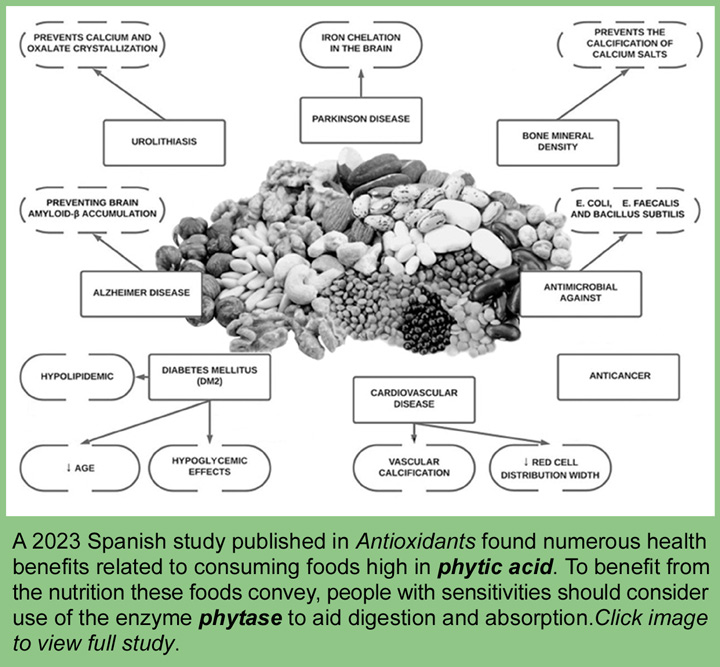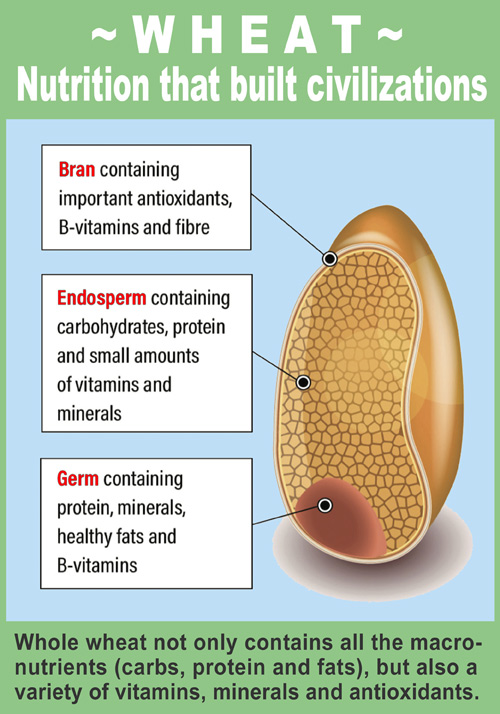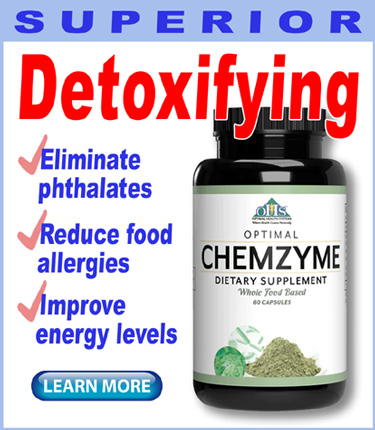In the 21st century Western world allergies to wheat and other grains seem to be omnipresent. “Gluten-free” products have become a niche industry, making billions for packaged food manufacturers.
But this hasn’t been the situation throughout history.
The grain that built civilizations
During the lightning conquest of Alexander the Great (336-323 BC), the armies were sustained by wheat, barley and millet. From their ration, each soldier would use the grinding mills carried by the servants or themselves to create flour.
When the Roman Empire rose to power (27 BC–476 AD), they relied even more heavily on wheat. Records show soldiers were issued an average 66 pounds of wheat each month—the bulk of their diet.
The Ancient Egypt civilization also relied on barley and wheat—for both food and drink. These were the primary crops cultivated along the Nile River.
Clearly history shows that grains provide bountiful nutrition—bountiful enough that they sustained virtually all the world’s empires. So, today’s epidemic of grain allergies is a modern problem.
According to FoodAllergy.org, approximately 2.4 million Americans have a wheat allergy.
Millions more have a less severe reactions to wheat known as “intolerance” or “sensitivity.” According to BeyondCeliac.org approximately 18 million people in the United States are intolerant of the gluten protein in wheat.
To make matters worse, many people who replaced wheat with oats found out they are also allergic to oats. Oats contain a protein called avenin—another nutrient that a growing number of people are reporting sensitivities to.
While the reasons for today’s allergy epidemic is complicated and debated, the problem is centered on two components of grains: protein and phytic acid.
Fortunately, the enzyme phytase provides a way for most people to overcome these issues. Unfortunately, the amazing benefits of phytase receive little attention.
Twin challenges: protein and phytic acid
ClevelandClinic.org states: “Proteins in wheat cause your immune system to overreact. There are four types of wheat protein that you may be allergic to: albumin, gliadin, globulin and gluten… If you have a wheat allergy, your body responds by creating immunoglobulin E (IgE) when you eat wheat. IgE is an antibody that your immune system makes. Your body makes many different types of IgE, which are sensitive to specific kinds of allergens.”
According to Dr. Martin Blaser, author of Missing Microbes: How the Overuse of Antibiotics Is Fueling Our Modern Plagues, the cause of most modern-day food allergies and intolerences are mostly due to the overuse of antibiotics.
Antibiotics do not have the ability to target specific problem microbes and will instead attack all of them—thus destroying the good microbes that are the body’s first line of defense in allergy prevention.
In a similar vein, other researchers lament the fact that modern society has gradually turned away from diets that include live probiotics (microbes) in food. Put simply, at the same time overuse of antibiotics is causing widespread gut health damage, most people aren’t replacing the beneficial bacteria via the food they eat.
While the intolerance of proteins has received the most attention, the other digestive challenge with grains is an ingredient called phytic acid.
Phytic acid is is a natural compound found in many plant-based foods, including legumes, nuts, seeds, and especially grains.
This acid is the primary way phosphorus is stored in many plants, and it also works as a defense mechanism for the plants.
When phytic acid is consumed, it binds to other minerals to create phytates. Because the body doesn’t have any enzymes that can break phytates down, their nutrients cannot be absorbed into the body. For this reason, phytic acid and phytate is referred to as an “anti-nutrient”—because it ostensibly prevents the absorption of iron, zinc, magnesium and calcium.
But is it really an anti-nutrient… or just a nutrient that causes a problem for SOME people?
Anti-nutrient… or nutritious?
A 2023 study found tremendous health benefits in high phytic acid diets, such as the Mediterranean diet. The benefits included reducing inflammation, neurological diseases, cancer and cardiovascular disease.
Writing in Current Microbiology in October 2023, the researchers noted: “Phytate consumption, despite its detrimental impacts on human health, has been reported to have some positive effects. The investigation of communities eating vegetarian-type diets has revealed a reduced cancer incidence, suggesting that phytate may have an anticarcinogenic effect. The metal binding property of phytate means that it can also have an anti-oxidant function, limiting the production of hydroxyl radicals… thus helping cells maintain homeostasis.”
Just like in the case of protein we see a natural compound that conveys certain health benefits, but in the modern population that nutrient is causing digestive problems.
Could the missing link once again be the lack of a healthy gut?
According to the Weston A. Price Foundation: “Studies on phytic acid reveal that for some people, the phytic acid in whole grains blocks calcium, zinc, magnesium, iron and copper; others seem immune to these adverse consequences, probably because of favorable gut flora.”
In short, there is no need to avoid foods simply because they contain phytic acid. If your digestion is compromised, the key is to optimize nutrient absorption.
One way to optimize nutrient absorption is to pre-soak high phytic acid foods. Pre-soaking lowers the phytic acid content.
Another step is to restore the gut microbiome by consuming fermented foods or taking a probiotic supplement. And, finally, take advantage of phytase—the enzyme proven to tackle both protein and phytic acid digestion challenges.
The phytase solution
Phytase is an enzyme—a type of protein that serves as a catalyst. The catalyst-action that phytase provides is to neutralize phytic acid. It also releases the phosphorus in phytic acid.
Phytase co-exists in plant foods that contain phytic acid; however, since phytase is destroyed at 131-149 degrees Fahrenheit, most of the enzyme is destroyed in food processing.
This fact highlights why phytase supplementing is so beneficial. They supplant the phytase that existed before processing, and make a food more digestible—in the same way that an enzyme-packed piece of raw fruit is easily digested.
Ruminant animals such as cows, sheep and goats have no trouble with phytic acid because phytase is produced by rumen microorganisms. Humans do not produce enough phytase to safely consume large quantities of high-phytate foods on a regular basis; however, as noted earlier, adaptation is accomplished by many groups, like vegetarians.
Enzyme technology is not new… but it has improved in recent years.
The first plant phytase was found in 1907 from rice bran. The first attempt at commercializing phytases, for animal feed, began in 1962. However, it took a lot of improvements in technology and efficiency before the first successful commercial phytase was produced—in 1991.
Phytases are generated by bacteria, yeasts, and fungi and can be cell- bound or intracellular enzymes. However, most fungal phytases are extracellular enzymes. Different species of the Aspergillus fungus is commonly used in the production of phytases for nutritional supplements.
The reason for supplementing phytase is clear. Decades of research shows the enzyme helps the host digest and absorb all the “phytate-bound” nutrients: calcium, phosphorus, minerals, carbohydrates, amino acids and proteins.
Fortifying animals and humans alike
According to the book Microbial Production of Food Ingredients and Additives, “Phytases are some of the most widely used feed and food additives, providing nutritional, physiological, environmental benefits to humans and animals.”
According to Global Market Insights, the worldwide investment in phytase supplementing for animals was pegged at $580 million in 2023, and is growing handily.
But in the “human” sphere, few people are even aware of the benefits of phytase. While a more natural process of phytase fortification is used to address nutrient absorption issues and sensitivities in the animal world, the process for humans is pharmaceutical administration—typically an oral antihistamine.
Today phytase supplements are readily available anywhere from Amazon and Walmart to your local health food store; however, it is unlikely you will receive a recommendation from a medical doctor. Pharmaceutical-trained doctors only prescribe pharmaceutical products.
In the same fashion, Wikipedia’s phytase page provides a lengthy description of the enzyme’s benefit to animal health, and doesn’t even mention it conveys similar health benefits to humans.
Research
As early as three decades ago research (Rehms and Barz, 1995) concluded “Phytase reduces the phytic acid content in food products quite effectively.”
Since then technology has improved the quality and effectiveness of phytase supplements—yet they remain one of the best kept secrets in digestive health.
A 2013 review published in Food and Nutrition Bulletin concluded that studies to date clearly demonstrated that human use of phytase “significantly increases iron and zinc bioavailability from phytate-rich foods.”
While noting “Phytase has been used in animal nutrition for decades to improve the bioavailability of certain minerals in feed,” the researchers came to their conclusions after reviewing 17 human studies.
A 2015 study advocated for the utilization of phytase to address micronutrient deficiencies in the world. Meanwhile, a 2019 study published in Whole Grains and their Bioactives noted that both human and animal studies show “phytase is the most beneficial method for reducing phytic acid content in grains.”
Conclusion
In summary, phytase provides the catalyst to lower phytic acid in the body; and, in doing this, it has the effect of boosting absorption and bio-availability of all the nutrients that are normally phytate-bound.
These two actions, in turn, lead to third bonus benefit: reducing toxic build-up in the digestive tract. Because the phytase is breaking-down phytic acid, the digestive process is more efficient, and the build-up of insoluble complexes is reduced.
Phytase is an essential part of the formula in Optimal Chemzyme. For enhanced nutrient absorption, reduction of food sensitivities, and detoxification of phthalates Optimal Chemzyme provides the latest innovation in enzyme technology. Click the banner ad on this page to learn more.
– – –
Sources: Links to all studies and sources provided within article.




